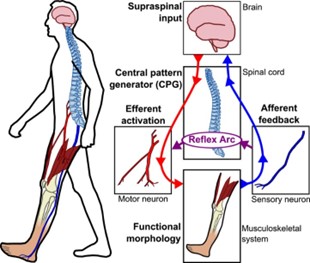The role of a registered nurse in a genitalia examination is mainly:
Inspection
Auscultation
Percussion
Palpitation
The Correct Answer is A
The role of a registered nurse in a genitalia examination is mainly inspection and palpitation.
During a genitalia examination, the nurse will visually inspect the genital area for any abnormalities, lesions, or signs of infection. This may include examining the external genitalia, such as the vulva or penis, as well as the anus and surrounding area.
The nurse may also palpate, or gently touch, the genital area to check for any tenderness, swelling, or lumps that could indicate a problem. However, auscultation (listening with a stethoscope) and percussion (tapping on the body) are not typically part of a genitalia examination.
It is important to note that a genitalia examination should always be performed in a professional and respectful manner, with clear communication between the nurse and the patient throughout the process.
Nursing Test Bank
Naxlex Comprehensive Predictor Exams
Related Questions
Correct Answer is D
Explanation
The motor system refers to the parts of the nervous system that control voluntary movements, including the muscles, nerves, and brain. Rapid alternating movements are movements that require the coordination of multiple muscle groups, such as tapping fingers or rotating the wrist. By observing the patient's ability to perform these movements, the nurse can assess the integrity and function of the motor system.

Correct Answer is D
Explanation
This response demonstrates respect for the client's religious beliefs and a willingness to work with the client to meet their needs. It also opens up a dialogue between the nurse and the client to develop a plan of care that is consistent with the client's beliefs and values.
Option a, "Fasting is harmful to your body," is not an appropriate response as it does not respect the client's religious beliefs and may be perceived as insensitive or disrespectful.
Option b, "You must have food during times of illness," may be accurate in some situations, but it is not relevant to the client's request to fast during Ramadan.
Option c, "I will let your healthcare provider know that you need to be discharged," is not an appropriate response as it does not address the client's request to fast during Ramadan and may be perceived as dismissive or unhelpful.
Whether you are a student looking to ace your exams or a practicing nurse seeking to enhance your expertise , our nursing education contents will empower you with the confidence and competence to make a difference in the lives of patients and become a respected leader in the healthcare field.
Visit Naxlex, invest in your future and unlock endless possibilities with our unparalleled nursing education contents today
Report Wrong Answer on the Current Question
Do you disagree with the answer? If yes, what is your expected answer? Explain.
Kindly be descriptive with the issue you are facing.
